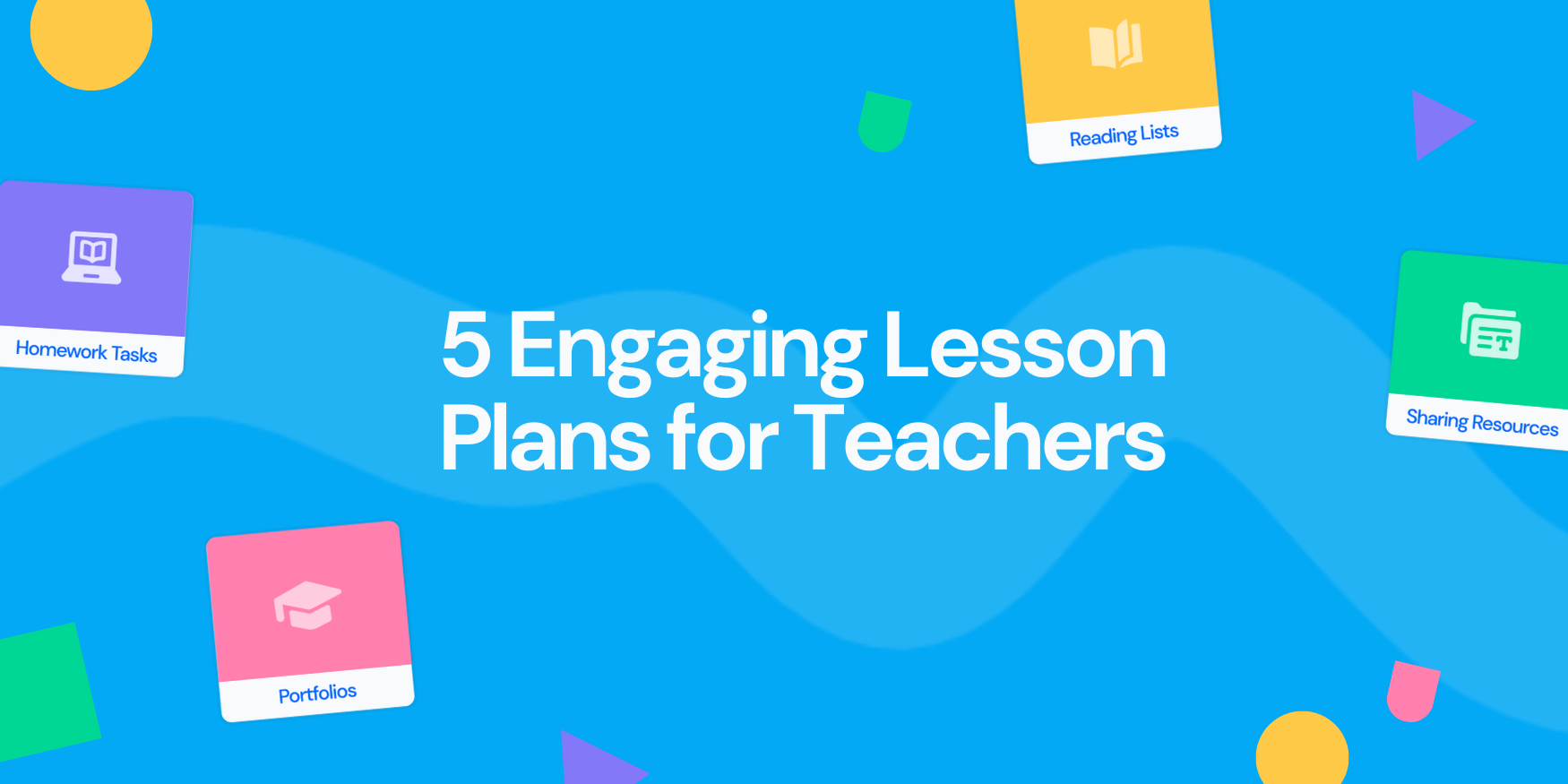Get Started with Project Based Learning on Wakelet!
by Jessica Stuivenberg
I thought I had started the day’s math lesson on estimating with a well-planned out lesson. All of sudden, it felt as if everything was going wrong! I noticed many of my 5th grade students were getting the questions in their workbooks wrong! Student were arguing over who was right. Students were confused over what I was trying to teach them. The students were feeling overwhelmed and frustrated when esitmating larger 5 and 6 digit numbers. One student even said she hated math!
I took a deep breath and decided to try Project Based Learning. I gave them a project: “Improve the Math Lesson”. Clearly, something was wrong with the lesson. Immediately the negative tone switched to a positive outlook. The task was to improve the lesson so that everyone would understand estimation.
I asked the students to work with their table groups to research various methods for estimating. Students in their groups looked at videos about estimating, other math books we had at school, even online math programs like Eureka Math, as well as copies of the teacher’s manual that I was using. This put them in the driver’s seat to their own learning. Suddenly math was exciting and fun! I asked the groups to create a poster on all the strategies they found useful for teaching estimating. Last, I asked the groups to choose the way they thought explained estimating the best. I discoverd that I needed to be flexible in allowing the groups to select 2 or 3 favorite ways, and not hold groups to agreeing on just one best way.
To end the project, each group shared their poster and explained the estimating methods they chose as the best and explained why they felt that these were the best. Each poster was then hung up in the classroom. Through this process, all the students developed a deeper understanding of estimation. Through this kind of project, students were actively conducting their own research and pursuing their own learning though exploration. The math lesson that day took an extra hour. However, the deep understanding students developed that day was definitely worth it.
So…how do you get started on a project like this? Start looking at your standards and your curriculum to generate some essential questions. Look at problems that you face in your classroom in a new way: opportunities for an engaging project!
My belief is that you can never overplan to ensure that your project is successful and engaging! In addition, it is important to keep an open mind about the solutions that your creative thinking students come up with. Always remember that the teacher is the facilitator, not the expert. You don’t have to have all the answers, but you do need to remain flexible. Not every plan will go perfectly, but remaining flexible will allow you to make small adjustments along the way.
I recommend to start out with a shorter project, so that your students can practice working together collaboritively and communicating so that everyone has a turn to share. Expand to longer projects with greater choice. Use flexible groupings, so that students have opportunities to work with others.
Here are a few Projects I have used with my classes:
Pack your Wagon — Your family has decided to travel west to California in 1852! Create a list of supplies you and your family will need on the 6 month journey out west on the California-Oregon Trail. Figure out how much your list of supplies will cost.
Build a Rocket — You will create a paper rocket that can be launched from a soda straw. Can you modify the design to make the rocket fly farther?
Some additional templates to try:
Project Based Learning Planning Template — Let’s Collaborate!
Project-based Learning Student Template — Including research ideas, question, and critical thinking prompts


